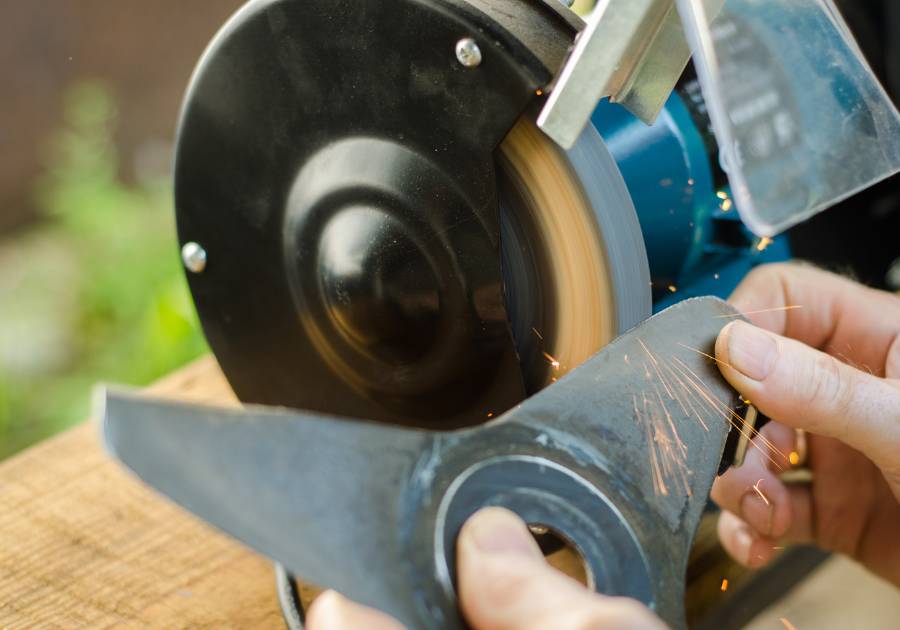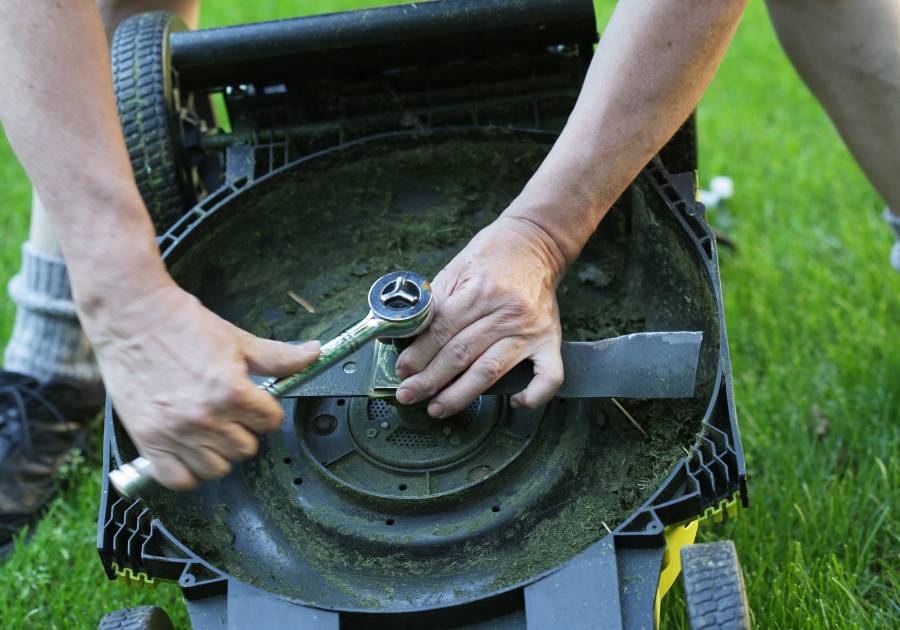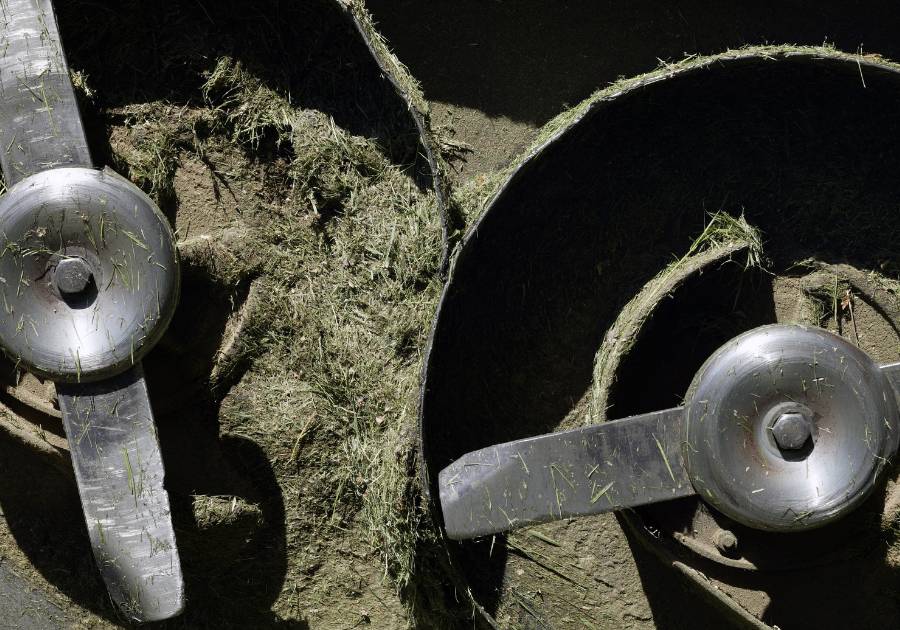The condition of your blade can make a huge difference when it comes to the overall cower performance and cut quality- it's not exactly the place to cut corners. That's why you need to give this page a read- so you know everything you need to know.

We recommend changing your blade at least every three years- while ensuring you're switching them with the correct blade. This is a critical step. These blades are designed to whizz away at around 200 mph- if not more! You need to ensure you are using a well-fitting blade that's in good condition- accidents with blades are fatal.
Are lawnmower blades universal? The short answer is no. They are mower-specific (different types of lawn mower have their own specific blade). Your mower blade needs to fit exactly into the slots for your particular lawnmower model, and they also have to be specially torqued to the manufacturer's specifications.
This guide will help you with everything you need to know.
The first and foremost step is pinpointing which blade you need. As we said before, an ill-fitted blade can be extremely dangerous when in use- it could fly out and cause serious injuries. On the bright side, finding out which perfect blades/suitable blades you need is easy. Here are 3 ways to ID your blade:
Have a look at your mower's deck or chassis- there should be a badge, label, or a sticker of some sort with information on the mower's model and make. A standard blade will have this. This will inform you of the details straight away. If you don't see a label, or it's simply illegible, then don't worry- there's another way to go about it.
Take a look at an old single-blade surface. Are there any numbers etched into the surface of your current blade? This is most likely the blade part number stamped onto your metal blade. These digits are unique to that specific part. You can hit this number on Google and find out more about it, as well as where to buy it from.
If your blades have been subject to corrosion, rusting, or damage over the years of mowing and clipping- this number may not be visible anymore, or legible.

The final way to figure out what make and model your blades are is by checking out the size.
To help determine your blade size, take the time to figure out what types of blades you have. Below, we've listed the various blade types:
As a general rule of thumb to help you determine which of these types of blade categories your one belongs to (and avoid picking the wrong blade type), look at the wings. Lift blades have distinctively larger wings, while mulching blades have relatively smaller ones. You should also look at the cutting-leading edge; mulching blades have a longer edge while the lift type of blade tends to have smaller ones.
Once you've found the type, you can determine the size.
Listen up close- you'll need to note down three key measurements: the blade boss shear pin (locating the hole distance), the central bolt hole (diameter of the centre), and the overall length (inches).
There are some clear giveaway signs that you've fitted (or someone else has fitted) a wrong lawn mower blade- or haven't fitted it incorrectly. In fact, any of these could be a red flag indicator that something is wrong. Look out for the following to know if you're dealing with the wrong blade (or an ill-fitted one):

These are all strong indicators that there has been a problem with the blades assembly- you should ensure that you thoroughly investigate your machine and scan for any loosened or damaged mower components.
Many gardeners (even experienced ones) can make mistakes which can cause damage to their appliances or reduce their effectiveness. Blade fitting isn't just something which can cause immediate harm, it can also reduce the overall lifespan of your product. Ill-fitted blades can gradually cause wear and tear on the blade supports, eroding them and eventually ruining your mower.
Here are some key things to avoid: